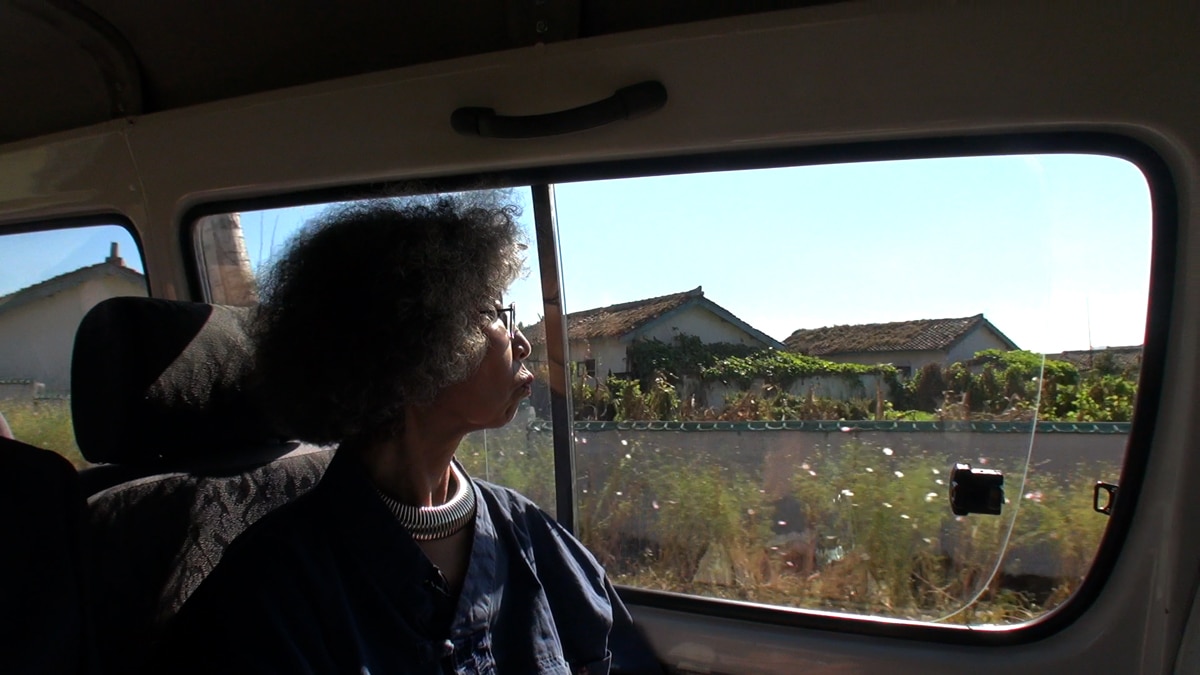
The Poetry of Chinese Names
My mother named me Wendy, after the character in Peter Pan . She had come across the animated film on
By Dr Oliver Tearle (Loughborough University) The short stories of John Cheever (1912-82) are among the greatest American short stories of the twentieth century. His Collected Stories runs to 900 pages and contains tales which are by turns realist, borderline magic-realist, and downright strange. In Cheever’s short story ‘The Worm in the Apple’, the narrator fixates on the seemingly perfect Crutchman family. The narrator suspects they must have flaws beneath their idyllic suburban existence, represented by the hidden ‘worm’ in the apple. The story satirises the portrayal of perfection in American life, particularly in the 1950s, that golden period of American expansion and confidence. Summary The setting, as often in a John Cheever story, is well-heeled American suburbia: the neighbourhood is called, suggestively, Shady Hill. The narrator discusses the Crutchmans, a ‘very, very happy’ American family comprising husband and wife Larry and Helen and their two children, Rachel and Tom. Through the course of the short narrative, the narrator dissects the Crutchmans’ meticulously decorated home, their expensive car, and their seemingly harmonious family life. Each detail is scrutinised carefully in the hope of finding ‘the worm in the apple’: the one corrupt flaw in the family’s otherwise happy life. For example, the narrator wonders if the fact that Helen, the wife, is far richer than her husband is a cause of resentment for Larry, who could easily lose his sense of purpose when he is not the breadwinner of the family. But the narrator admits that no proof of such resentment can be found. The narrator also combs over other details of the family’s life: does the husband have a drink problem, or are there issues with their children? But every line of enquiry yields a dead end. As the narrative progresses, the narrator’s attempts to uncover this ‘worm in the apple’, this hidden darkness in the Crutchman family, become increasingly desperate. In the end, the narrative voice shifts from the present tense to the future imperfect: he imagines whole futures for the two children, which contain unsavoury or unhappy elements. The story ends with the narrator confessing that […]
Click here to view original page at A Summary and Analysis of John Cheever’s ‘The Worm in the Apple’
© 2024, wcadmin. All rights reserved, Writers Critique, LLC Unless otherwise noted, all posts remain copyright of their respective authors.

My mother named me Wendy, after the character in Peter Pan . She had come across the animated film on

I’ve never heard an Asian woman—certainly not one in her eighties—cuss as exuberantly or continually as the late filmmaker Dai




The shortcode is missing a valid Donation Form ID attribute.